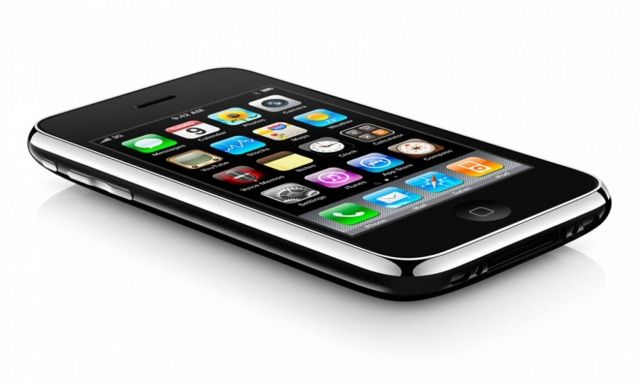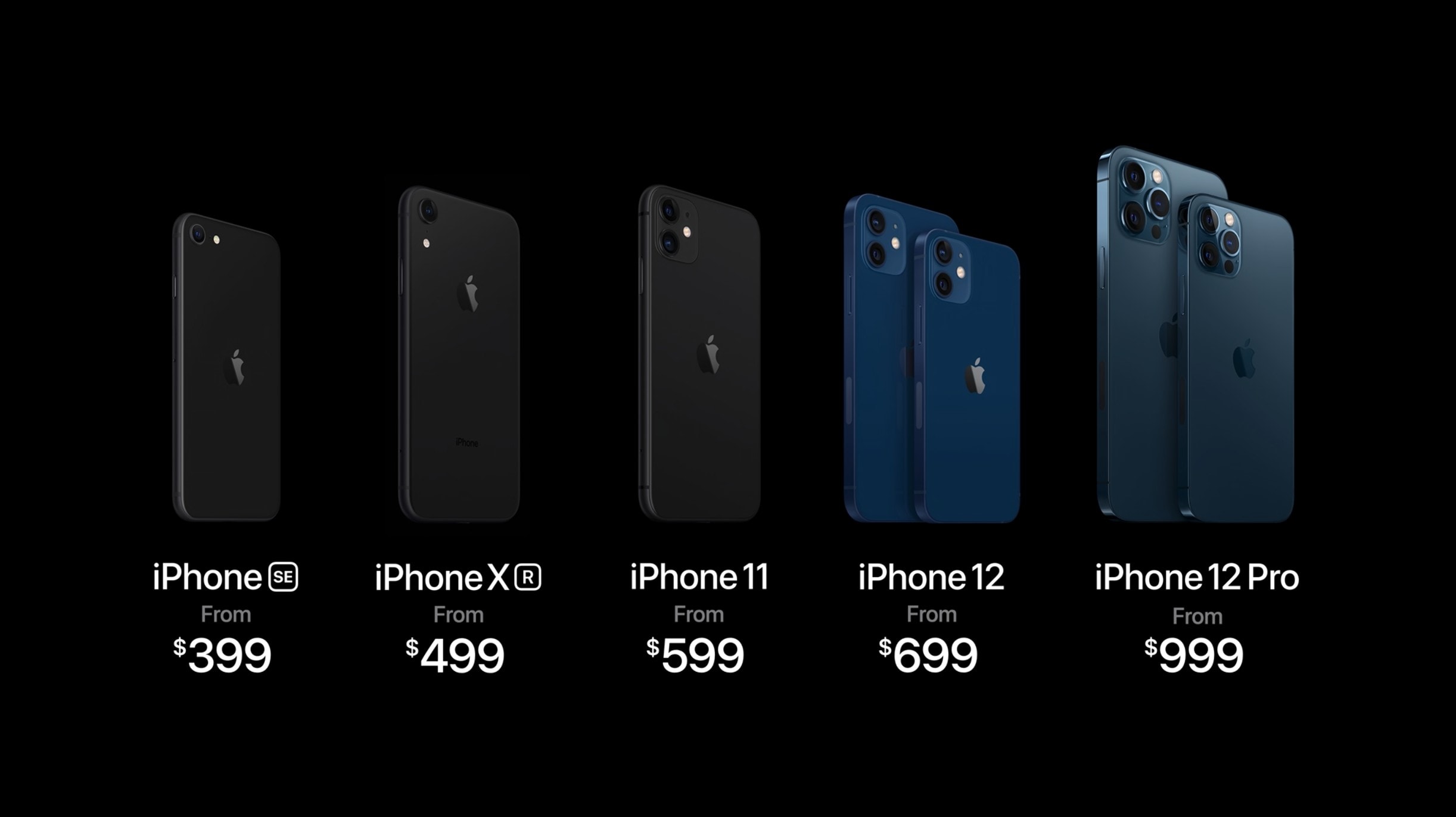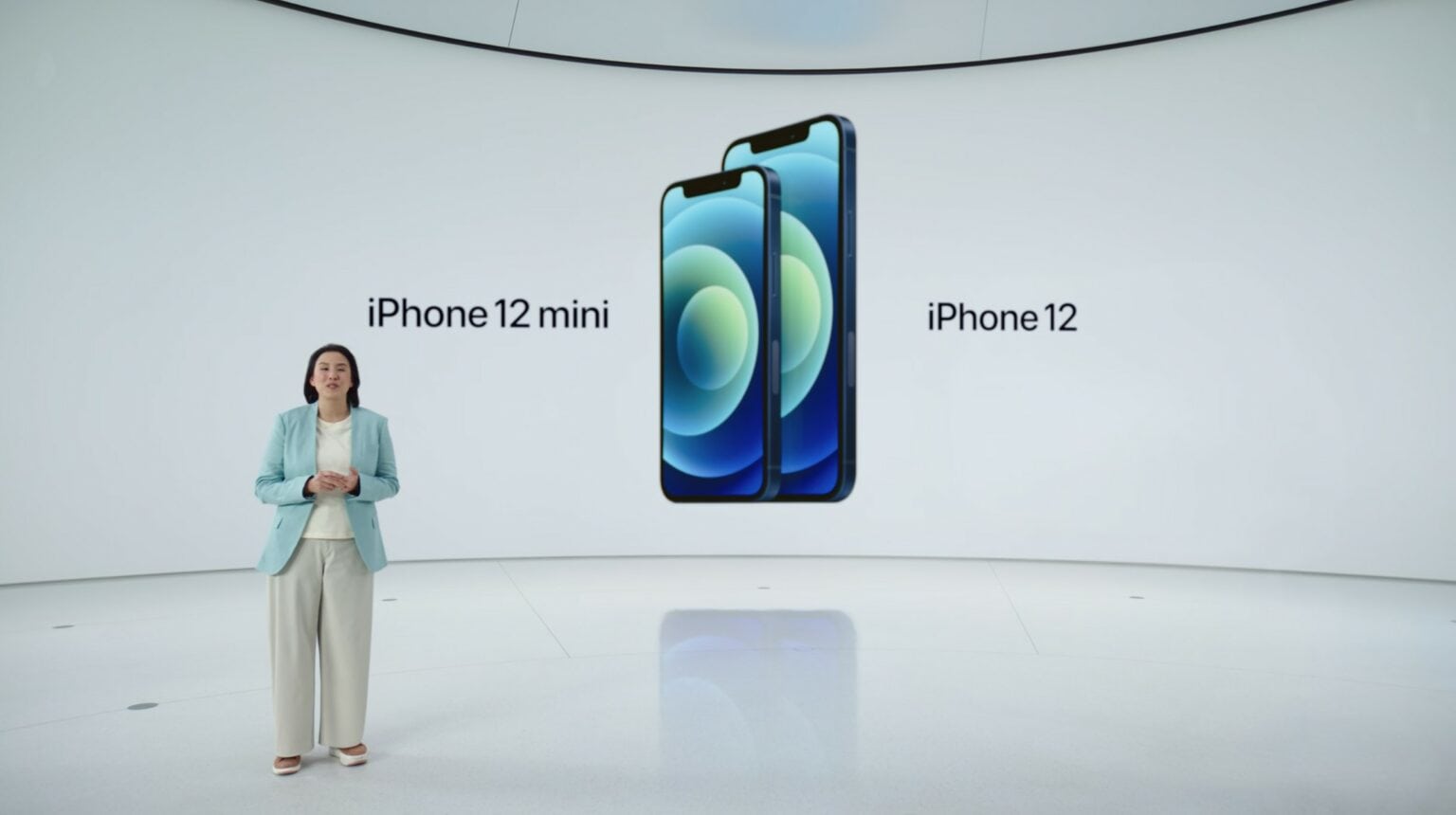There was something big missing from Tuesday’s iPhone 12 event. And, no, I’m not talking about AirTags, AirPods Studio, a new Apple TV, Apple Silicon Macs or live attendees.
The thing that went missing was an “S” at the end of the new iPhones’ names. The demise of the naming convention to indicate alternate-year iPhones marked the end of an era. And it’s totally a good thing.
‘S’ upgrades were a staple of iPhone releases
Alternate-year “S” models have been a staple of the iPhone since the iPhone 3GS in 2009. It was a way to signal to customers the difference between a full-number, really big refresh and an S-model tweak. “S year” iPhones typically kept the form factors of their direct predecessors, but added one or two neat touches.
For instance, the iPhone 4s introduced Siri. The iPhone 5s brought us Touch ID. 2015’s iPhone 6s brought 3D Touch, “Hey Siri” and the end of the Bendgate design flaw. “S” models let Apple tweak and perfect a familiar piece of hardware, while also trying out an experimental new feature. They weren’t always the flashiest iPhones, but people certainly liked them.
Still, the implication was there: They were moderate upgrades. It was like the Street Fighter II franchise adding new words to its titles: Turbo, Super Turbo, Champion Edition, Hyper Fighting. There were some brilliant games in there, but after a while, I remember having conversations with friends about why Capcom wouldn’t pull the trigger and just jump to Street Fighter III?

Photo: Apple
Sorting out the naming nightmare
There are a couple of reasons for Apple to ditch its “S” branding for iPhones. The first is simplicity. Apple is all about simplicity as a driving mantra. But Apple’s product naming has been getting more confusing for years now, reminding older users of the chaotic product lineup of the 1990s. Luckily, Steve Jobs returned to Apple and introduced straightforward naming options that wouldn’t intimidate the bejesus out of prospective new customers.
However, as my colleague Ed Hardy pointed out yesterday, Apple’s no longer the “one size fits all” company it was in Jobs’ day. As epitomized by the 2020 iPhone line, Apple’s all about giving people options, whether it’s colors or screen sizes.
This year, for the first time ever, Apple introduced four new iPhones at a single event. With three sizes in total (the 6.1-inch iPhone is available in both regular and Pro variants), that’s already adding more choice than some would want. Gone are the days when a simple “S” was the only thing tacked onto an iPhone name.
Starting in 2014, we got the “Plus” designation for larger iPhones. (Apple later changed it to “Max”.) Then Apple skipped the iPhone 9 and brought us the iPhone 8 and iPhone X in the same year to mark the device’s 10th birthday. Things hit their nadir the year after, when Apple brought us the iPhone XR and XS, keeping the “S” but confusing it with the X (which we were supposed to pronounce “10”) and adding the “R” for the lower-end version.
Had Apple stuck to its naming guns, we might have the iPhone 11s mini, 11s, 11s Pro, and 11s Pro Max. Or, Jobs forbid, the iPhone 11SR Mini, iPhone 11SR, iPhone 11S Pro and iPhone 11S Pro Max. Why make things more complex than they need to be?
No more skippable iPhones

Photo: Apple
The other reason is because, in a time when smartphone sales are declining, it’s simply not necessary to suggest that every other year’s handset is skippable. Back when Apple introduced its “S” naming, iPhone sales were growing by extraordinary numbers each year. Apple even put out press releases crowing about units sold — something the company would never do today. These days, people hold onto phones for longer. iPhone sales, along with the rest of the smartphone market, are staying stable or declining.
The low-hanging fruit of flashy, headline-grabbing innovation has, in many instances, already been plucked. Still, Apple does a great job of introducing compelling features every time it unveils an iPhone. The idea of signaling that the latest iPhone is a minor upgrade would be extremely questionable. With a mature market, in which questions about the ideal shape and size of a smartphone have been largely answered, it seems retrograde to gear people to expect a massive overhaul every other year with a skippable upgrade in between.
I’m glad Apple saw the light and decided to make the change. (And, hey, if you really want the letter “S” in your iPhone name, there’s always the iPhone SE!)


